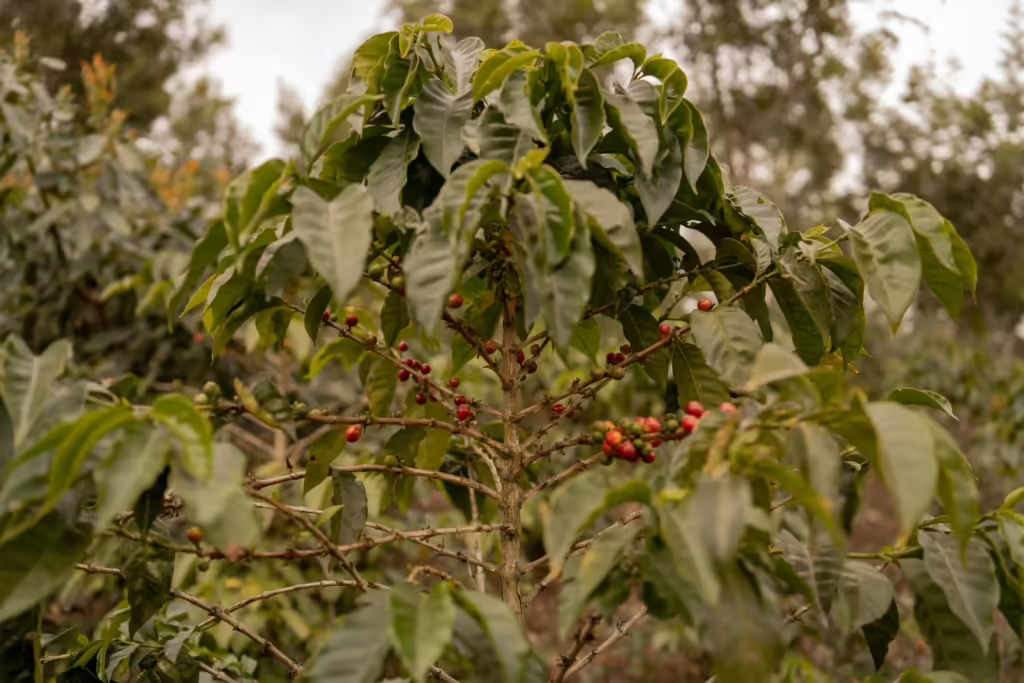
Coffee enthusiasts are always on the lookout for new flavors and experiences, and one of the best ways to explore the diverse world of coffee is through single-origin beans. Unlike blends that combine beans from multiple regions, single-origin coffees come from a specific place—whether it’s a particular country, region, or even a single farm. This allows the distinct flavors of that location to shine through in every cup. But what exactly makes single-origin coffees so special? In this article, we’ll dive into what sets them apart and why they’re a must-try for any coffee lover.
What is Single-Origin Coffee?
Single-origin coffee refers to coffee beans that are sourced from a single geographical area. This could be as broad as an entire country (like Ethiopian or Colombian coffee) or as specific as a single estate or farm. Because the beans are grown in the same environment, they share similar growing conditions, soil, and climate, which greatly influence their flavor profile.
By contrast, coffee blends are made by mixing beans from different regions or farms, which often results in a more balanced but less distinctive flavor. Single-origin coffees, on the other hand, offer a purer, more transparent representation of the terroir (the environmental factors affecting a crop’s characteristics) of the region they come from.
Why Single-Origin Coffees are Unique
There are several factors that make single-origin coffees stand out from blends, and each contributes to their distinctiveness.
1. Terroir: The Influence of Geography
The term terroir is often used in the wine world, but it applies just as much to coffee. Terroir refers to the unique set of environmental factors—such as altitude, soil composition, rainfall, and temperature—that affect the characteristics of agricultural products. For coffee, terroir plays a huge role in determining the flavor profile of the beans.
For example:
- Ethiopian Coffees are often floral, fruity, and bright, thanks to the high altitudes and ideal growing conditions.
- Colombian Coffees are known for their balanced acidity and caramel sweetness, influenced by the volcanic soil and tropical climate.
- Sumatran Coffees tend to be earthy and full-bodied, with low acidity, largely due to the island’s humid, low-lying growing regions.
By choosing single-origin coffee, you’re essentially tasting the unique flavors of a specific place and the result of its natural conditions.
2. Transparency and Traceability
One of the biggest advantages of single-origin coffee is transparency. Because the coffee comes from a specific region or farm, you can trace its journey from crop to cup. This transparency often means that single-origin coffees are produced under more ethical conditions, as coffee drinkers can learn more about the farm and the people who produced the beans.
Many single-origin coffees come with detailed information about the farm’s growing practices, processing methods, and sometimes even the farmer’s name. This connection to the source not only enhances the drinking experience but also supports sustainable and fair trade practices.
3. Distinct and Complex Flavors
Single-origin coffees are celebrated for their unique and complex flavor profiles. Unlike blends, which aim for consistency and balance, single-origin coffees showcase the inherent flavors of a specific region, often highlighting characteristics like fruitiness, nuttiness, floral notes, or even chocolatey undertones.
Because the flavor profiles of single-origin coffees are so distinct, they’re ideal for brewing methods that allow their flavors to shine, such as pour-over, French press, or cold brew. This way, you can fully appreciate the nuances of the coffee.
For example:
- A Kenyan single-origin may have bright, citrusy flavors with a hint of berry-like sweetness.
- A Guatemalan single-origin might present notes of chocolate, caramel, and spice.
- An Ethiopian Yirgacheffe could offer floral aromas and a tea-like body with notes of jasmine and bergamot.
These unique flavor profiles make single-origin coffees a favorite among coffee connoisseurs who enjoy exploring different tastes.
4. Seasonal Availability
Unlike coffee blends that are produced year-round by combining beans from various regions, single-origin coffees are often more seasonal. Coffee crops are harvested at specific times of the year, meaning that the availability of certain single-origin beans may be limited to a particular season. This adds an element of exclusivity to single-origin coffees, as coffee drinkers may only have a limited window to enjoy beans from a specific harvest.
For coffee lovers, this seasonality is part of the appeal. It encourages people to explore new origins, try different farms, and appreciate the natural rhythms of coffee production.
Popular Single-Origin Coffee Regions
Here are a few of the most well-known coffee-growing regions that produce highly sought-after single-origin coffees:
- Ethiopia: Often referred to as the birthplace of coffee, Ethiopia is famous for its complex and fruity coffee flavors. Ethiopian coffees are typically bright, floral, and berry-like, with a distinctive light body.
- Colombia: Colombian coffee is renowned for its balanced acidity, medium body, and sweet, caramel-like flavors. The country’s ideal growing conditions produce some of the world’s best-known coffee beans.
- Kenya: Kenyan coffees are known for their bright acidity and fruity flavors, often with berry, citrus, or blackcurrant notes. These beans are typically bold and full-bodied, offering a vibrant taste experience.
- Guatemala: Coffee from Guatemala is prized for its chocolatey sweetness, full body, and notes of spice. The country’s diverse climates and volcanic soil contribute to its rich flavor profiles.
- Sumatra: Sumatran coffee is known for its earthy, herbal, and full-bodied flavors, with low acidity. This coffee is often described as deep and complex, with a syrupy mouthfeel.
How to Brew Single-Origin Coffee for Maximum Flavor
To fully appreciate the unique flavors of single-origin coffee, it’s important to choose a brewing method that highlights the bean’s characteristics. Here are a few popular methods:
- Pour-Over: Pour-over brewing allows for maximum control over the extraction process, which helps bring out the nuanced flavors of single-origin beans. This method is perfect for light to medium roasts with complex flavor profiles.
- French Press: For single-origin coffees with a fuller body (like those from Sumatra), the French press method works well by preserving the coffee’s oils and natural flavors, resulting in a rich, bold cup.
- Cold Brew: Cold brew works great with fruity or chocolatey single-origin beans. The slow extraction process brings out the coffee’s sweetness and reduces bitterness, making it ideal for enjoying single-origin flavors in a refreshing, cold format.
Conclusion
Single-origin coffees offer a unique opportunity to explore the distinct flavors of coffee-growing regions from around the world. With their transparency, rich flavor profiles, and connection to specific farms or regions, single-origin beans provide an exciting and immersive coffee experience for any coffee lover. Whether you’re trying an Ethiopian Yirgacheffe or a Sumatran Mandheling, single-origin coffee allows you to travel the world, one cup at a time.




